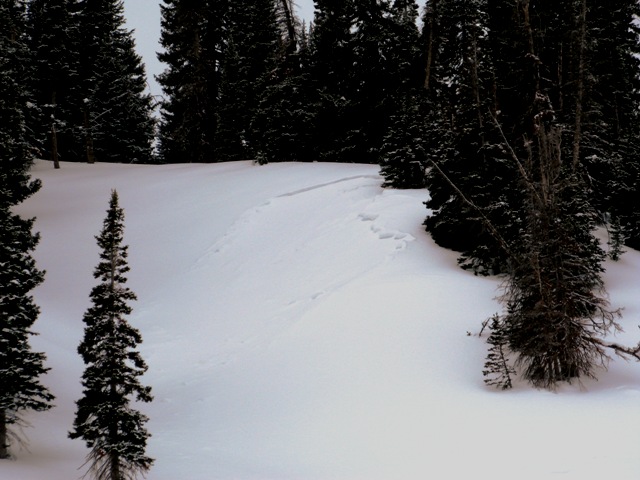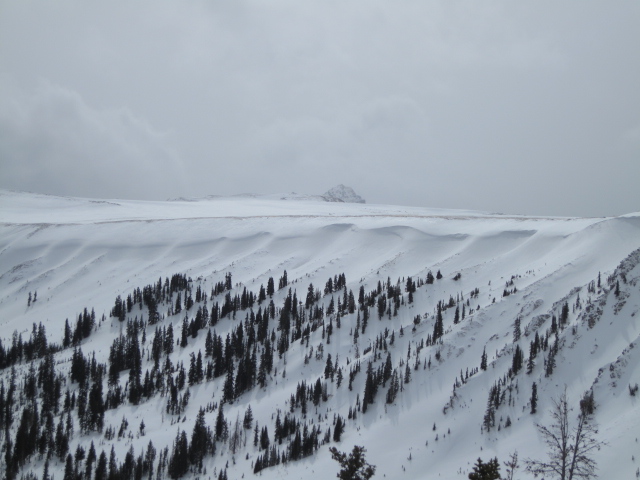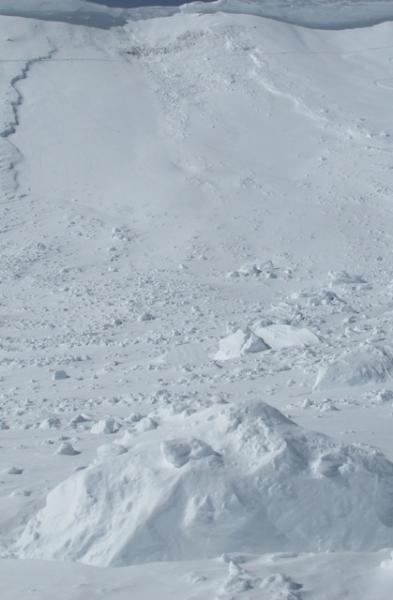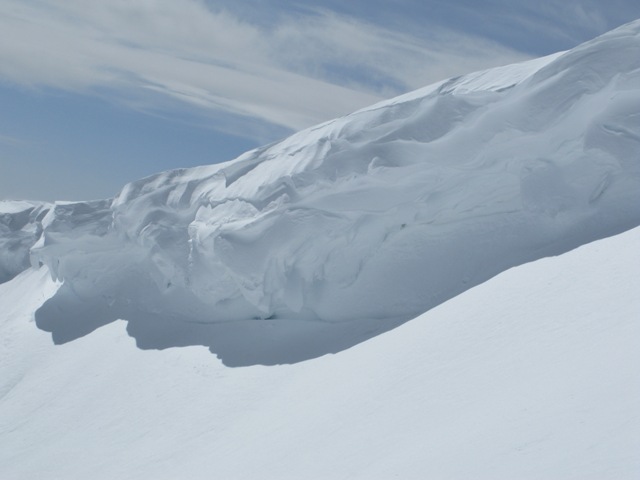Skies cleared out late yesterday and temperatures dove into the low teens and single digits overnight. The weekend storm wasn't a huge snow producer for us, but it stacked up 4"-6", helping to put a much needed fresh coat of paint on our mountains. The bigger news actually are the winds. Low pressure sliding east out of Arizona, has kept northeast winds blowing steadily 25-40 mph along the high ridges of the western Uinta's. While most of the above treeline riding is gonna be wind jacked, drop a few hundred feet off the ridges and you'll be treated to cold, creamy, powder in wind sheltered, shady terrain.
Recent observations can be found here.
Our entire Uinta weather station network is up and running. A link to real-time wind, snow, and temperature data can be found here.
This monumental achievement couldn't have happened without the joint efforts from the National Weather Service, The Heber-Kamas and Evanston Ranger Districts, Park City Powder Cats, and all the great work by Ted, Trent, Cody, and Al. Thanks to everyone... this is awesome!
Wondering why last winter was so crazy? Click here to watch the 2011-12 Utah Winter Review... an excellent recap of last years conditions.

On Friday Trent and I found a small, recently triggered pocket breaking to weak January snow on this crossloaded gully in Chalk Creek.
Click here for recent observations from the region.











